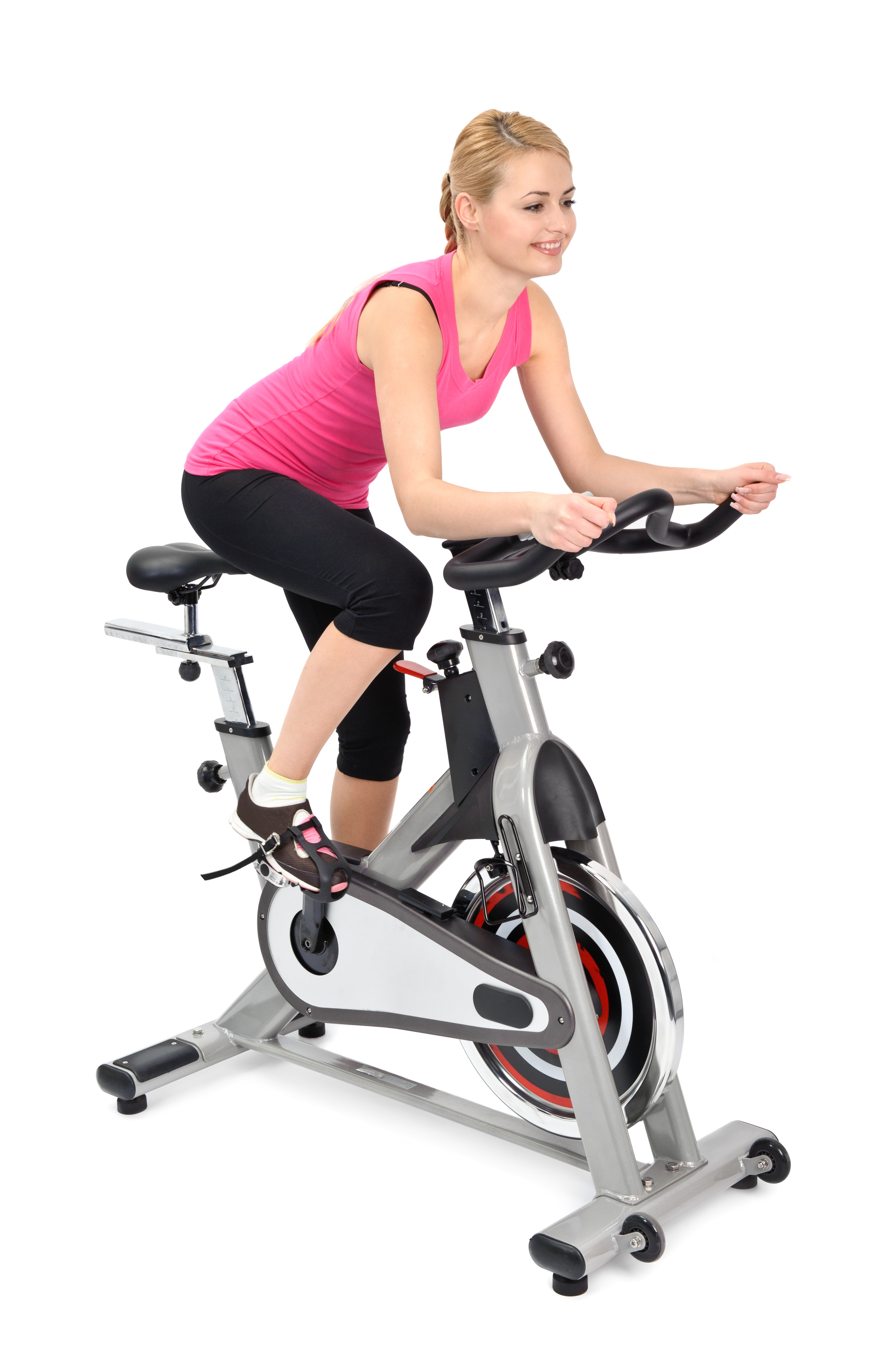
The Proper Preparation
When it comes to warm-ups, indoor cycling instructors often fall victim to the “oatmeal effect”—good for you, but not very memorable. It’s easy to just jump on a bike and ride. However, with a little creativity and skillful instruction, you can engage participants from the start. Be prepared, connect with riders and add a little ingenuity. Begin with a warm welcome and a short introduction, and then ride into one of the following warm-ups.
The Color Wheel
Visualization and imagery play an important role in cycling classes. In this drill, the color wheel represents different stages of the warm-up and of one’s physical state. Ask participants to visualize a cool color, such as blue. Next, ask them to connect with a physical response, description or image that incorporates blue. Perhaps it’s a cool breeze, a stream meandering alongside a bike path or frost on a cold fall morning. Following the same pattern, transition minute by minute from blue to shades of purple and green and on to the warmer yellows, oranges and reds. Encourage the mind-body connection while intensity builds and participants progress into the warm zone.
The Technical Advantage
The warm-up is an ideal time to focus on muscle recruitment and riding technique. A good instructor empowers participants to make the right choices for themselves. Accomplish this by balancing task cues with reflective cues. A task cue explains what to do; for example, “Don’t round your back.” A reflective cue asks an engaging question; for instance, “Can you lengthen through your spine while maintaining a neutral posture in the saddle?” An action cue then sets things in motion; for example, “For the next 2 minutes, can you maintain a neutral spine while climbing?”
Who’s Who in the Zoo
Participants often don’t know one another’s names, even though they’ve been riding together for months. Instructors are not immune to this challenge either! This drill is a quick way to make introductions in a fun and nonintimidating manner. While riders are cycling at a steady pace, invite them (one at a time) to say their name and what animal best represents them. The interactive part comes when you ask a student to recall as many names as possible. More often than not, people remember the animals and forget the real names. The winner receives a round of applause and a water bottle refill via the instructor.
Power Prep
Power meters are a great teaching tool. Take cues from the “road” and incorporate power education and application into the warm-up. Power is a function of resistance (gears) and velocity (revolutions per minute, or rpm) and is measured in watts (the higher the watt output, the more work a cyclist produces). Ask riders to cycle at a preferred cadence for 30 seconds, noting power. Next, increase the resistance by one to three gears, keeping cadence steady for 30 seconds. Note watts again and repeat twice. Next, lower and set the resistance while gradually increasing cadence 10+ rpm every 30 seconds for 3 sets. Note how power changes with variations to resistance, speed or both.
To finish, have riders maintain a watt level that feels moderate, noting both the gear and the velocity. Challenge participants to return to this personal wattage level during the active-recovery phases throughout the workout.
The Car Chase
Every great action movie has an exciting car chase. For this drill, choose up-tempo music with a repeating chorus. Set the scene by picking a race car. Next, take the group through an imaginary chase scene set in a local neighborhood or in some obscure location. Each time the chorus plays, riders “put the pedal to the metal.” Complete 4–6 sets of short bursts at 100 rpm. Finish the chase by challenging participants to “beat the bad guy to the one-lane bridge.”